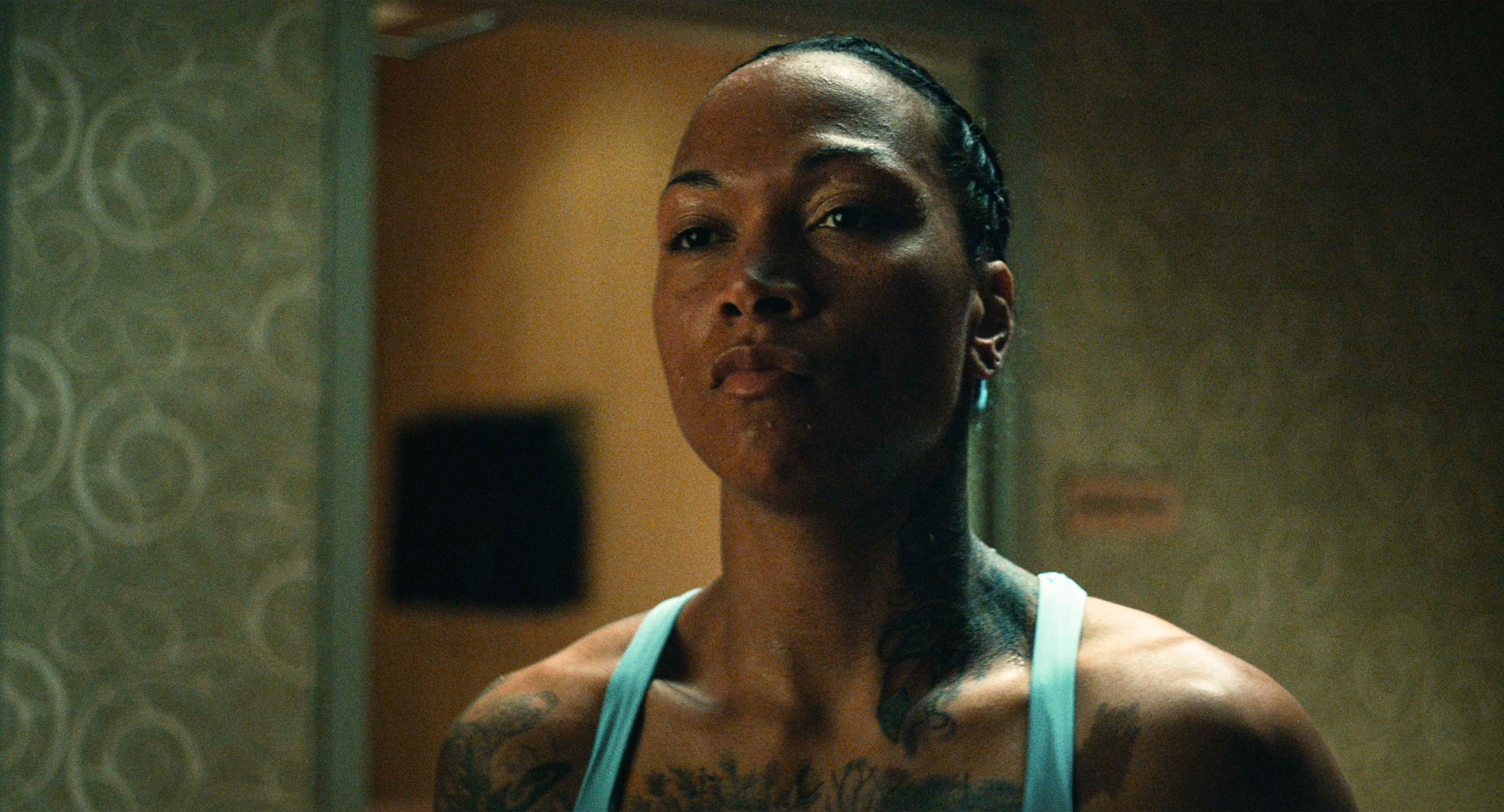A Native boxer fights for her sister’s life in the gritty Catch The Fair One
Real-life boxing champion Kali "K.O." Reis stars in this brutally efficient revenge thriller
Film Reviews Catch the Fair One

Once you begin looking into the crisis of missing and murdered Indigenous women and girls (often shortened to the acronym MMIWG), the numbers are overwhelming. Murder rates for Native women in the United States are 10 times the national average, and although Native people make up approximately 1% of the American population, 40% percent of sex trafficking victims in the U.S. and Canada identify as Native American, Alaskan Native, or First Nations. The root causes of these horrifying statistics are historical and cultural, the end result of 500 years of devaluing Indigenous cultures and lives. Faced with such a massive problem, how could any one person fight back? Kaylee (Kali Reis), the heroine of Catch The Fair One, knows she has to try.
Suffice to say, there’s little to no humor in this uncompromising revenge thriller. There’s not much levity in Kaylee’s life, either. Her once-promising boxing career is in ruins, destroyed by addiction. She’s living in a women’s shelter and working for pennies at a local diner, where she eats leftovers from patrons’ plates. She’s estranged from her mother, and tortured by guilt over the disappearance of her sister, Weeta (Mainaku Borrero), who vanished walking home from the gym one night while Kaylee stayed behind for one last sparring match. Kaylee suspects that Weeta has been kidnapped by sex traffickers, and has been searching for her ever since. She’s getting close.
Writer-director Josef Kubota Wladyka sets up Kaylee’s story with brisk, realistic dialogue and efficient visual storytelling, establishing everything laid out in the previous paragraph within the first 15 minutes of the film. With the exposition handled, Wladyka’s camera is free to focus on Reis, whose distinctive pierced cheeks and tattooed, muscular frame naturally draw eyes in her direction. But it’s her determination and intensity that keeps them there.
Reis is a boxer in real life, the first Native American to win the IBA middleweight title and the current WBA super lightweight champion. And she demonstrates her power in a training scene early on in the film. Under chilly blue lights on a worn-out mat in a sparsely furnished gym, Kaylee grapples with a man twice her size who attacks her from behind and traps her in a bear hug. She flips him over her back, pins him to the floor, and chokes him until he taps out. It’s like watching Rocky train for a match—if Rocky was about to go slit his opponent’s throat with a razor blade hidden in his cheek.
Although Catch The Fair One’s baseline grittiness is relatively high, the film reaches new levels of intensity once it becomes clear that Kaylee, as tough as she is, is starting a foolhardy and dangerous war. Her opponents are people for whom violence against women, particularly Native women, is as natural as breathing. And after smuggling herself into a motel that serves as a hub for sex traffickers, Kaylee is unwillingly injected with heroin and taken to the home of Bobby (Daniel Hanshall), the creepily calm son of kingpin Willie (Kevin Dunn). Each successive location looks more like a serial killer’s dumping ground than the last. The film was shot in upstate New York in winter, and train yards, concrete underpasses, and pine forests all factor in to the story, which barrels forward with an unstoppable, stomach-churning momentum.
Catch The Fair One’s grim milieu, sudden bursts of intense violence, and blue-and-yellow color grading all recall the work of Jeremy Saulnier. (2013's Blue Ruin is an especially apt reference point.) And Kaylee’s undercover mission has shades of the Taken franchise. These comparisons are the film’s biggest weakness, since viewers who are well-versed in the revenge genre might be tempted to dismiss it on those grounds. But although Wladyka foregrounds the movie’s razor-sharp edge—there’s a torture scene midway through that’s especially shocking—there’s a political undercurrent to the story, as well as an emotional one, that give Catch The Fair One uncommon resonance.
It’s not just about saving Weeta, it’s about Kaylee saving herself. It’s also about breaking cycles of abuse. and fighting against impossible odds—a David-versus-Goliath story where the giants are misogyny and genocide. Darren Aronofsky served as an executive producer on Catch The Fair One, and his influence is felt in a pair of scenes that bookend the film. Describing them in detail would give away too much, but suffice to say they lift the viewer out of Kaylee’s bleak reality and into her fantasy life. It’s a world where hard work is rewarded, and Native lives are celebrated. It hits like an uppercut to the jaw, the fact that those things are so difficult for to find in real life.